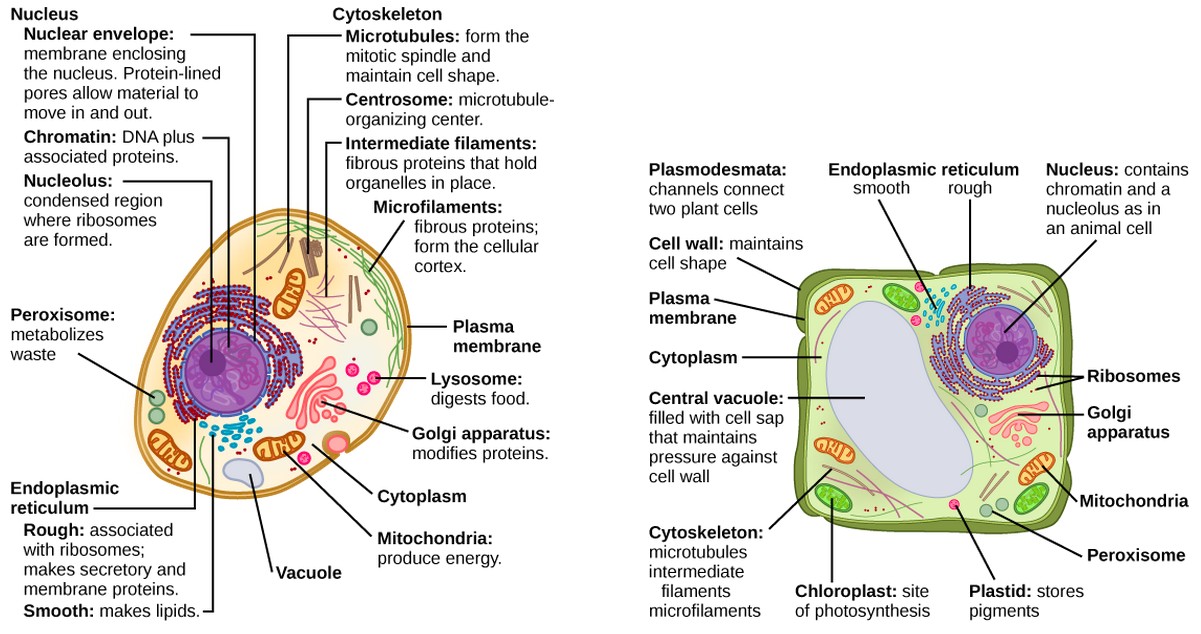The intricate machinery of a eukaryotic cell, particularly an animal cell, shares a striking resemblance to a bustling factory. Each component within the cell, much like the specialized departments in a factory, performs a specific function vital for the cell’s survival and overall operation. This analogy provides a compelling framework for understanding the complex processes occurring within these microscopic units of life.
The Cell as a Factory: A Detailed Comparison
Just as a factory has distinct departments working in coordination, an animal cell relies on various organelles to carry out its essential functions. Let’s delve deeper into this comparison:
The Nucleus: The Control Center
The nucleus, housing the cell’s genetic material (DNA), acts as the factory’s control center or the main office. It dictates all cellular activities, much like management directs production processes. The DNA within the nucleus provides the blueprints for protein synthesis, essential for cell structure and function, analogous to a factory’s design plans.
Ribosomes: The Protein Production Line
Ribosomes, tiny structures scattered throughout the cytoplasm and attached to the endoplasmic reticulum, are the protein synthesis machinery. They resemble the assembly line in a factory, churning out proteins based on the instructions received from the nucleus. These proteins serve as the building blocks for cell structures and enzymes that catalyze cellular reactions.
Endoplasmic Reticulum: The Manufacturing and Processing Plant
The endoplasmic reticulum (ER), a network of membranes, functions as the manufacturing and processing plant of the cell. The rough ER, studded with ribosomes, synthesizes and modifies proteins. The smooth ER, lacking ribosomes, synthesizes lipids and detoxifies harmful substances, mirroring specialized departments within a factory.
Golgi Apparatus: The Packaging and Distribution Center
The Golgi apparatus, a stack of flattened membranes, acts as the packaging and distribution center. It receives proteins and lipids from the ER, modifies and packages them into vesicles for transport to their final destinations within or outside the cell, akin to the packaging and shipping department of a factory.
Mitochondria: The Powerhouse
Mitochondria, the energy-generating organelles, are the powerhouses of the cell. They convert glucose into ATP (adenosine triphosphate), the cell’s primary energy currency, through cellular respiration. This process is analogous to a factory’s power plant generating electricity to fuel all operations.
Lysosomes: The Waste Management and Recycling Center
Lysosomes, membrane-bound sacs containing digestive enzymes, are the waste management and recycling centers of the cell. They break down waste materials, cellular debris, and worn-out organelles, much like a factory’s waste disposal and recycling unit. This process ensures a clean and efficient cellular environment.
Cell Membrane: The Factory Walls and Security Gates
The cell membrane, a selectively permeable barrier, encloses the cell and regulates the entry and exit of substances. It functions as the factory walls and security gates, controlling the flow of materials and information in and out of the cell. This maintains a stable internal environment and protects the cell from external threats.
 alt text: diagram comparing animal cell to a factory. Nucleus labeled as the control center, ribosomes as the protein production area, endoplasmic reticulum as the manufacturing plant, golgi apparatus as the packaging and distribution center, mitochondria as the powerhouse, lysosomes as waste and recycling, cell membrane as walls and security
alt text: diagram comparing animal cell to a factory. Nucleus labeled as the control center, ribosomes as the protein production area, endoplasmic reticulum as the manufacturing plant, golgi apparatus as the packaging and distribution center, mitochondria as the powerhouse, lysosomes as waste and recycling, cell membrane as walls and security
Key Differences: Animal Cell vs. Plant Cell “Factories”
While both animal and plant cells share many similarities with factories, some key differences exist in their “production lines”:
- Cell Wall: Plant cells possess a rigid cell wall, akin to a factory’s external structure, providing support and protection. Animal cells lack this feature.
- Chloroplasts: Plant cells contain chloroplasts, the sites of photosynthesis, where sunlight is converted into energy. These resemble solar panels powering a factory. Animal cells rely solely on mitochondria for energy production.
- Central Vacuole: Plant cells have a large central vacuole, similar to a storage warehouse, for storing water, nutrients, and waste products. Animal cells may have smaller vacuoles, but not a central one.
Conclusion: The Efficiency of Cellular “Factories”
The analogy of an animal cell to a factory highlights the remarkable organization and efficiency of biological systems. Each organelle plays a crucial role in maintaining the cell’s operations, just as different departments contribute to a factory’s overall productivity. Understanding this intricate interplay of cellular components is fundamental to comprehending the complexities of life itself.
